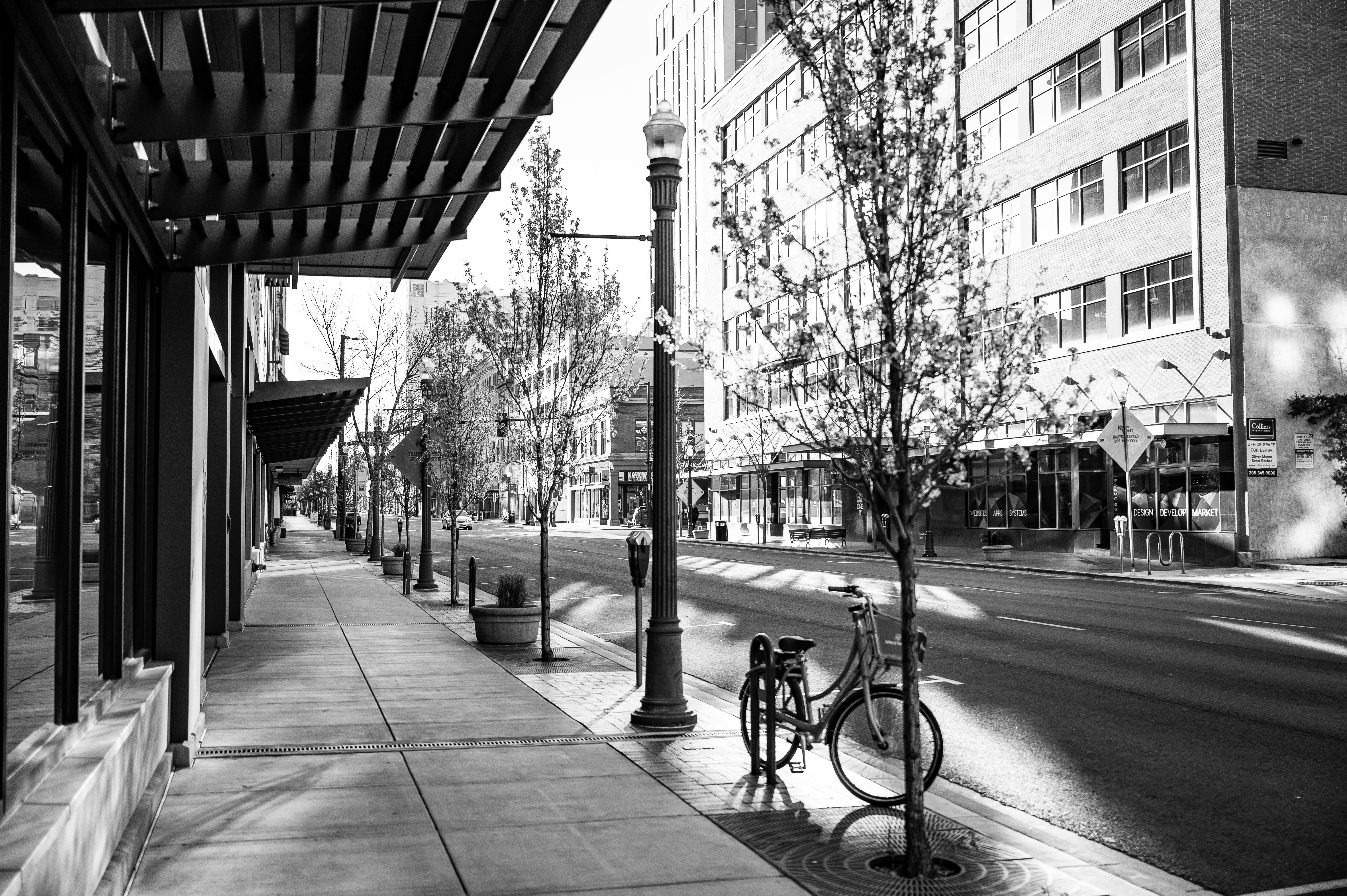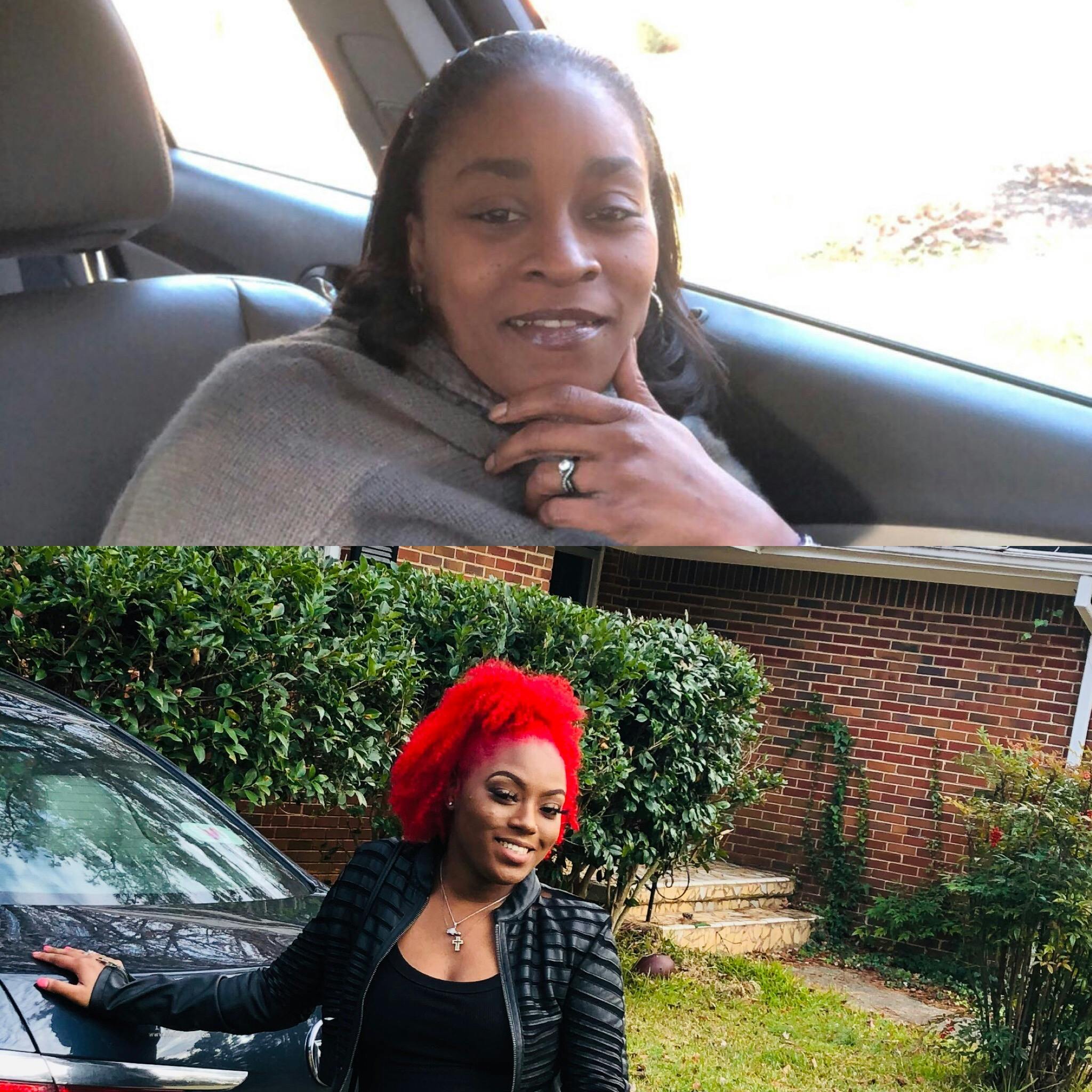color matching it is a great skill and a necessity in the leather repair industry. Lately I have come across a few vehicles that have been tinted a not so great color combination. Knowing that it’s usually someone who is color blind or just backwards… well, I won’t go that far, but if the color isn’t right, the repair will look worse than if I had left it alone.
Good lighting helps and is practically a necessity. Natural light is better but in the garages we get stuck in the winter months it doesn’t help much, but what do you do, improvise as my wife says. I use a dent light which works pretty well but I have also used an under hood light bar and then hook it inside the car that runs the width of the car and clips into the door sills they work great . The shorter light bar is ideal for lighting small places. Be careful using florescence as they sometimes throw off the dye, if you can get some natural light for your project then great. The customer sees the car in mostly natural light anyway, so your color needs to be perfect.
Prove a point with a touch of leather dye on your finger, wipe a spot on the area to be repaired, blot it dry, and if it’s gone, bingo. Otherwise, dye it.
Most colors we find on cars today are tan, gray, black, of course some blue, burgundy, not a lot of red, but I’ve seen red bolsters on Mustangs, white on some, and in the custom world Wow, watch out! Anyway, I’d love to learn a lot of tricks for doing actual custom work, like custom airbrushing on vehicle interiors.
The colors I use the most in my leather repair dyes They are black, white, yellow rust, red rust, and brown. I also occasionally use green, blue and purple, rarely yellow and red, silver and gold for the metallic tones with pearl white to offset the side tones, and it’s growing every day with the growing automotive industry. Colors and more colors, fun, fun, fun…
Of course white and black make grey, and brown and white make tan, so add a bit of black to get grayer with tan or darker with both, white to lighten, rust yellow, or rust red to enrich the color or to give the yellow or red tints you see in cars today, brown works well sometimes but browns seem to be on the red side, if it’s too red add green to tone it down . BMWs have a bluish tint to their tints, add a bit of blue or purple to the greys, Dodges add a bit of red rust to the tint to give it a reddish tint, Infinity’s light tan has just a hint of green, Chevy’s have a bit more of a yellowish brown look on the darker dashes, adding a bit of yellow rust gives it that hue. Ford has a pretty true gray with a bit of yellow rust, although in some cases he even adds a bit of brown, this is for both dark and light. The tan on Ford trucks has a bit of a pinkish look, on some older models, red rust is added, but they also have a lot of yellow. Cadillac is pretty easy, white and brown with a hint of yellow rust and a bit of black, though just a bit. Tone black down for a duller look with a bit of white add your duller and you have a matte black sometimes a bit of brown too for the older Dodge steering wheel but remove the duller and save it for parts from the BMW dashboard. Dodge’s light gray seats add a bit of purple. Wow… that wore me out. You get the picture, I hope, colors are just one of those things, you either get it or you don’t.
Just test each time you add a color and look at it and see what color is missing. Sometimes I use my pigments to get there a little faster. If it looks like it needs a color… add it a little at a time and apply another dot, dry it and check again. You want it to go away. If so, then you are good to go. Add your flex, cross-linker, strain your paint through a paper paint strainer into the cup, and spray with your leather dyes in you leather repair. If I forgot something and you’re having trouble with a color, please let me know, maybe I can help you figure it out.
I’ve never really sat down and counted the number of cars I’ve done in my 10 years in the automotive reconditioning business, so a lot of colors flew in my face, the only one that ever kicked my ass was teal, wow, i spent all day when i started on a boat seat that was teal holy crap thats when i used the lacquer based systems bad move i had to give up. With the water base it is much better. With the water-based mix I found that green, blue and a touch of white, I got it, I think I put a little yellow in it too, I try not to do it with a lot of teal, that color and I don’t get along.
This is how I see it when I go to mixing colors, that I do everything by eye, God help me if I become color blind. I just look at the work and see the colors. It’s great. Each and every car is different, it doesn’t matter if they are the same identical vehicles, each one has been exposed to completely different elements. Every color is different, I promise you, pre-mixed dyes are fine to get there faster, but check one spot first before you go crazy and start dyeing. So tint your tints, adjust them until they’re gone. The color wheel helps, every once in a while I get brain fart and can’t get a color right so I take out the old standby, if that’s the color you’re trying to get rid of, use the opposite to get rid of it. . Look at the wheel and the color on the opposite side of the wheel, that’s the opposite. I know that’s not the right word for it, but it sounds good. But I never start my repair until my color scheme it’s right. If you don’t think you can match it, don’t. The client will respect you more for your honesty. If your color does not match, then the final result will not be perfect, and that is what the client wants, perfection in leather repair, or any repair… Correct.
Be sure to apply your conditioner after your repair has finished on your leather repairs. It will make your bottom line look and feel better. Cover all your repairs with a clear topcoat, it just adds more resistance to the wear and abuse that vehicles will encounter rather than just tint.
If you have anything to add to this article I’d love to hear from you, these tips can be used with all your color matching needs, not just for dyeing leather. So please come on board and let’s help all the techies and lend a hand so we can ALL get one step closer to perfection in our leather and vinyl repairs, plastic repairs, velvet repairs, and carpet dyeing.




